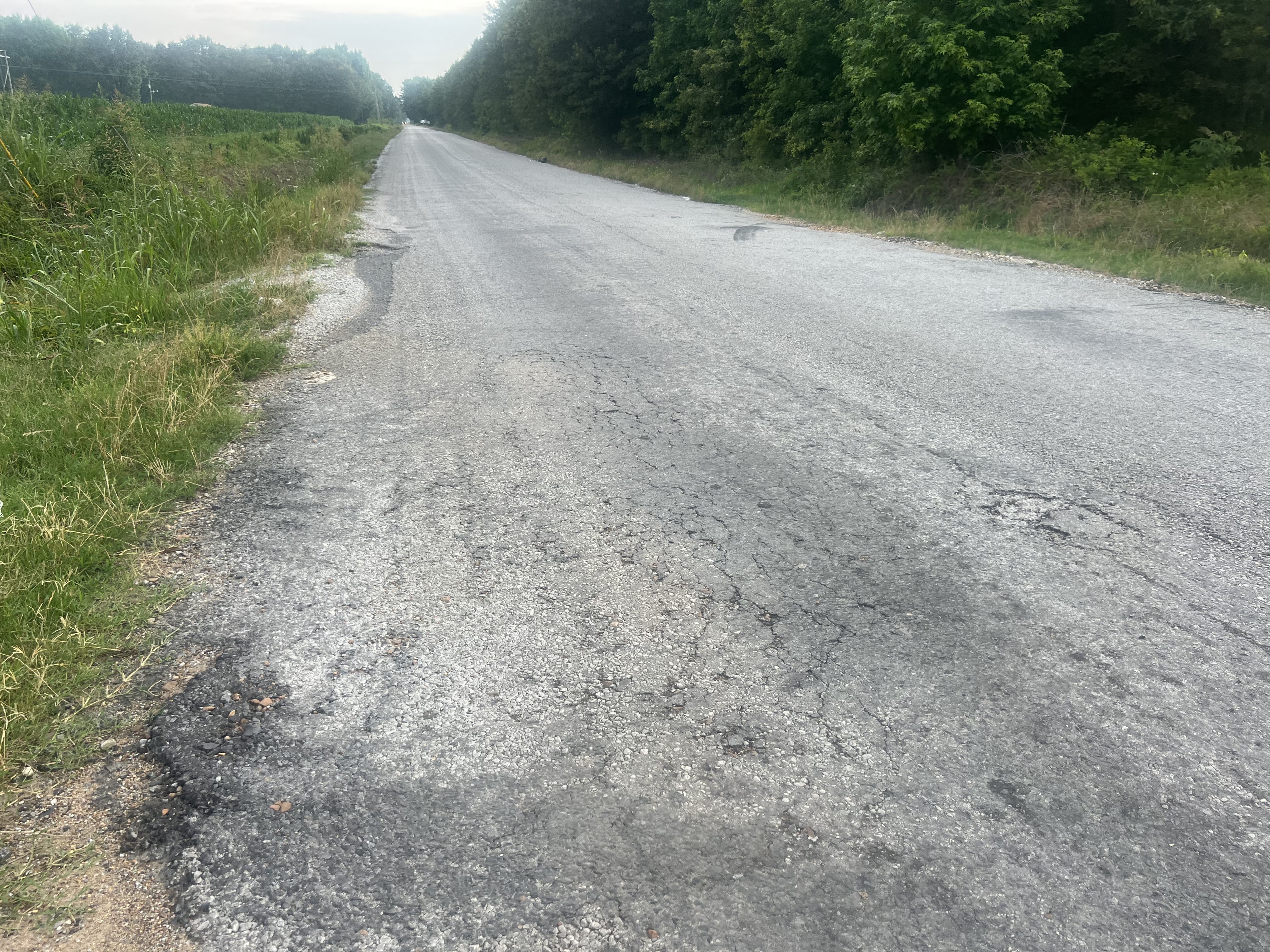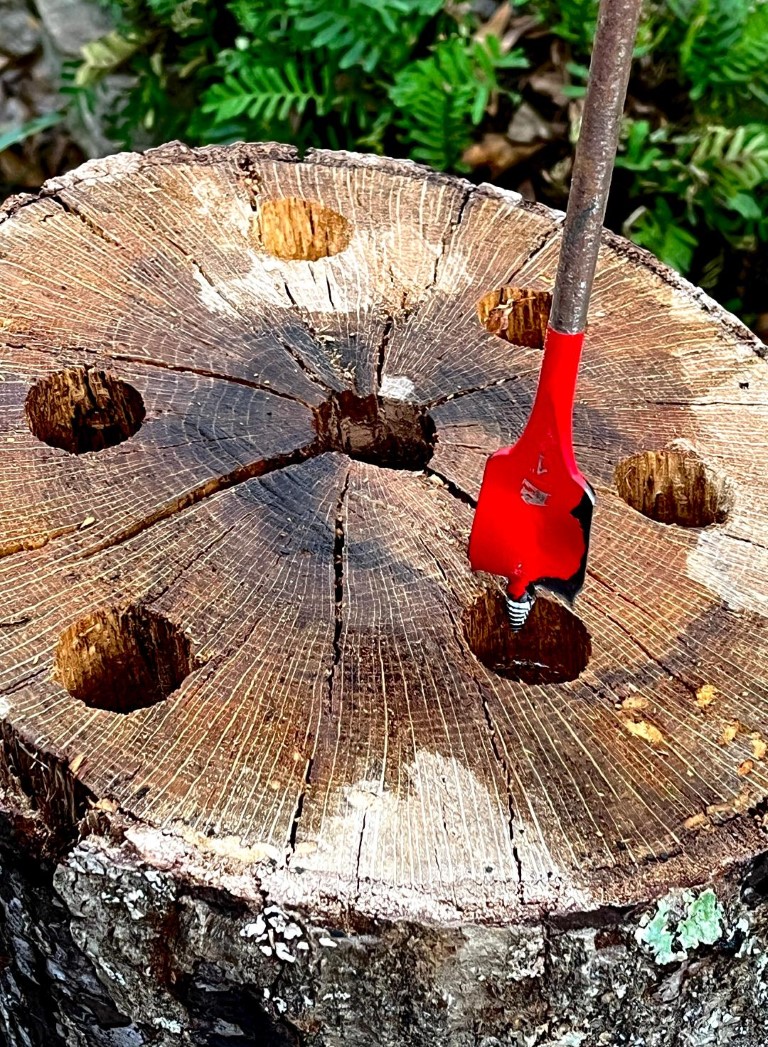If you can’t express yourself in the garden, then where?
Published 9:12 am Friday, June 13, 2025
By Felder Rushing
Gardening Columnist
It is a weird enough world without shaming or being shamed over how we garden or what we grow.
While lecturing the other day at a multi-state Hemerocallis Society meeting, I shocked the daylily enthusiasts with the fact that the single most widely grown garden flower on the planet, more than iris, garlic, roses, African violets, and daffodils, is the one they universally hold in great disdain: the ancient orange “ditch lily” daylily.
I have photographed it across five continents, in both home and fancy botanic gardens, which is amazing, considering it doesn’t set seed; every single one, including those along roadsides and cemeteries, came from someone else’s garden either on purpose or accidentally. When they flower, I see an invisible thread connecting gardeners worldwide and down through history.
It comes as either single, with one row of petals, or the frillier double named Kwanso, or even triple with many petals. The one with petals arranged neatly one atop another is named Flore Pleno.
Yeah, it can spread, but it is easy to pull or dig. And by the way, all parts are edible, raw or cooked; I enjoy rolling unopened buds in egg and seasoned flour, then gently sautéing them.
The reason my friends in the daylily society dislike it, is that it is unfashionably common. And it is sterile, doesn’t make seed, can’t be improved with hybridizing, meaning they can’t give each other ribbons for it so what’s the point in growing it? Other than, of course, it is easy to grow anywhere, and easy to share. Easy to spread the love amongst less picky folks.
But back to garden shaming. Over the years I have offered suggestions to a young woman who lives around the block from me who, displaced from the coast years ago by hurricane Katrina, was grappling with a new flower garden in Jackson’s Yazoo clay.
She was struggling to remove heavy clay a foot deep, and replacing it with store-bought soil. I convinced her to embrace the clay and simply add fresh new stuff to the native dirt. “Why pour out a perfectly good bowl of chili, only to fill it back up with crumbled crackers?” is I think how I put it. “Mix it all together for the best of both worlds,” I suggested.
Now she has a wonderful all-season mélange of small shrubs, roses, herbs, perennials, annuals, and bulbs, one plant at a time, each chosen for its shape, foliage color, and seasonal flowers, and tasteful accents that fit both the scale and style of the garden which added a bit of personality, as little artistic touches should. The beautifully-woven, evolving tapestry was being created one thread at a time.
But one evening while her doting husband and I watched our dogs wag each other he quietly confided her anguish over another neighbor’s off-handedly calling her evolving work of love, her outlet for mental and emotional anguish of having her life upended, a “hodge-podge.”
I’m pretty sure the visitor had off-handedly chosen the word poorly, but it still stung. However, years later as the garden has come into its own, the whole neighborhood admires my friend’s efforts, and she now holds up her head with pride.
I realize that not all of us are talented with design sensibilities or a green thumb, and some of us tend to over-accessorize; my own garden is a celebrated gallimaufry. But if you can’t express yourself, escape from troubles by immersing in your own garden, where can you?
I think my neighbor is ready for my orange daylilies, which are a gift from the world.
Felder Rushing is a Mississippi author, columnist, and host of the “Gestalt Gardener” on MPB Think Radio. Email gardening questions to rushingfelder@yahoo.com.






